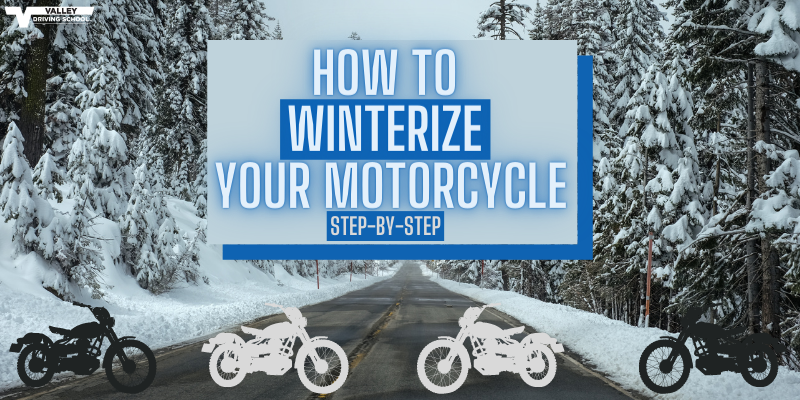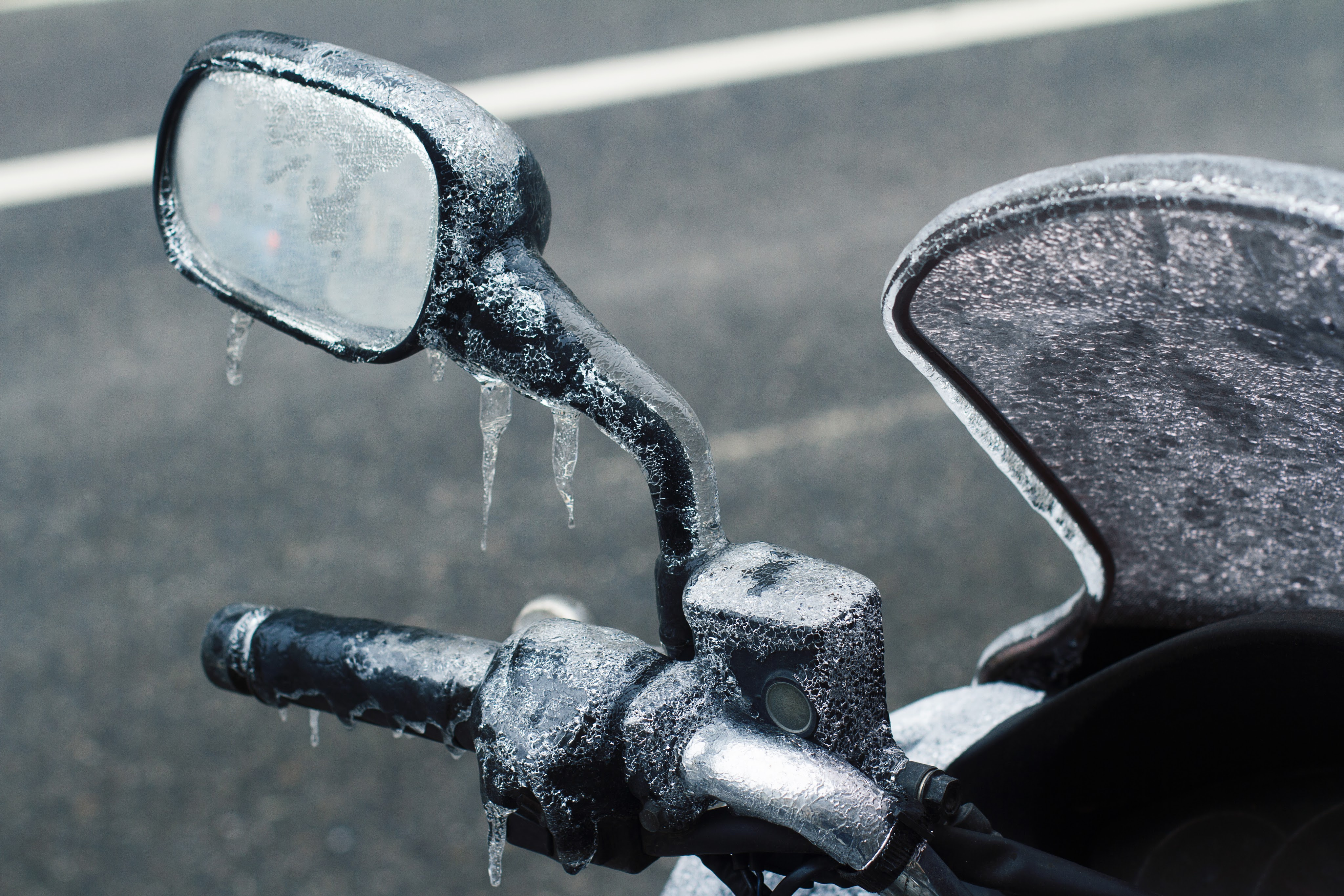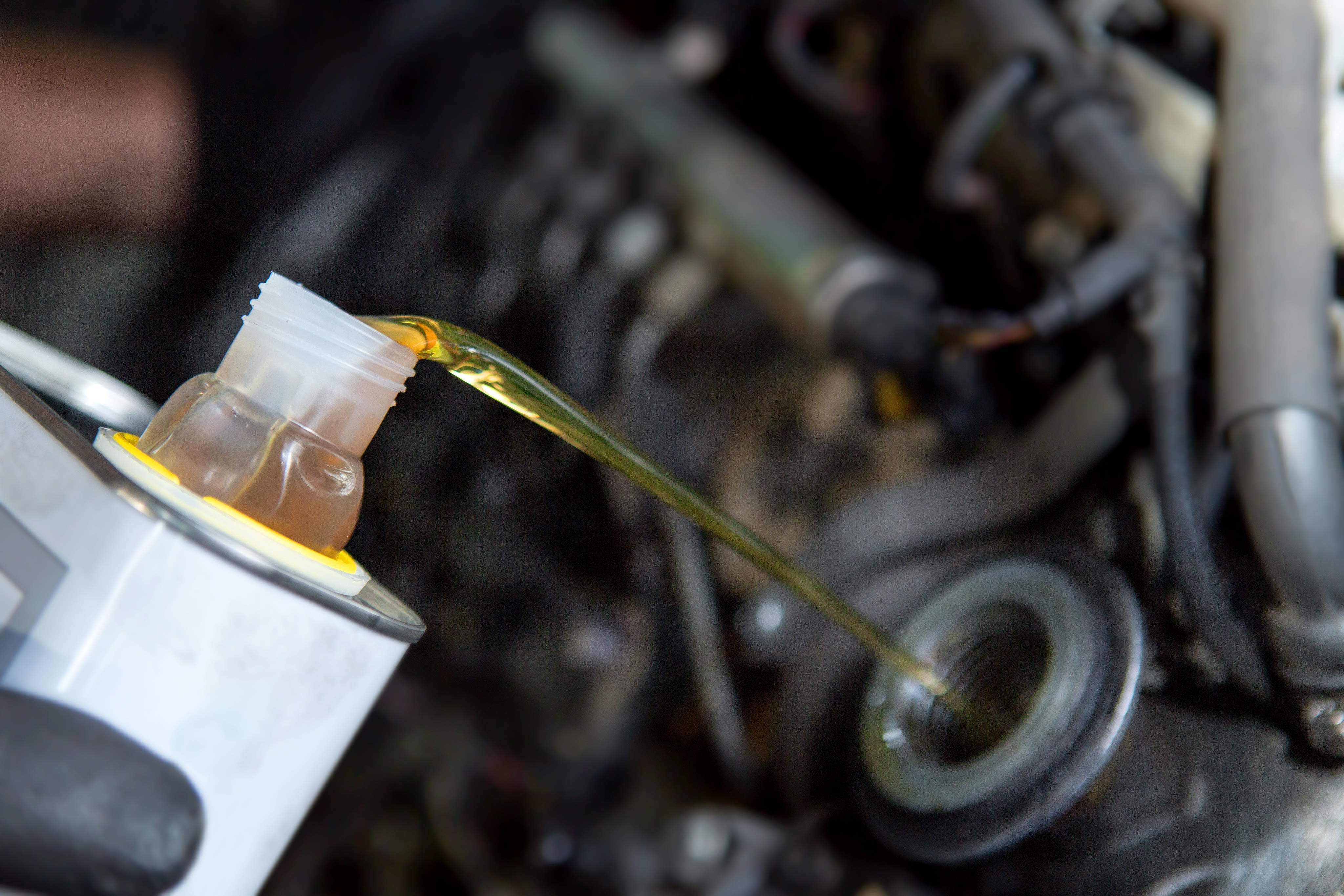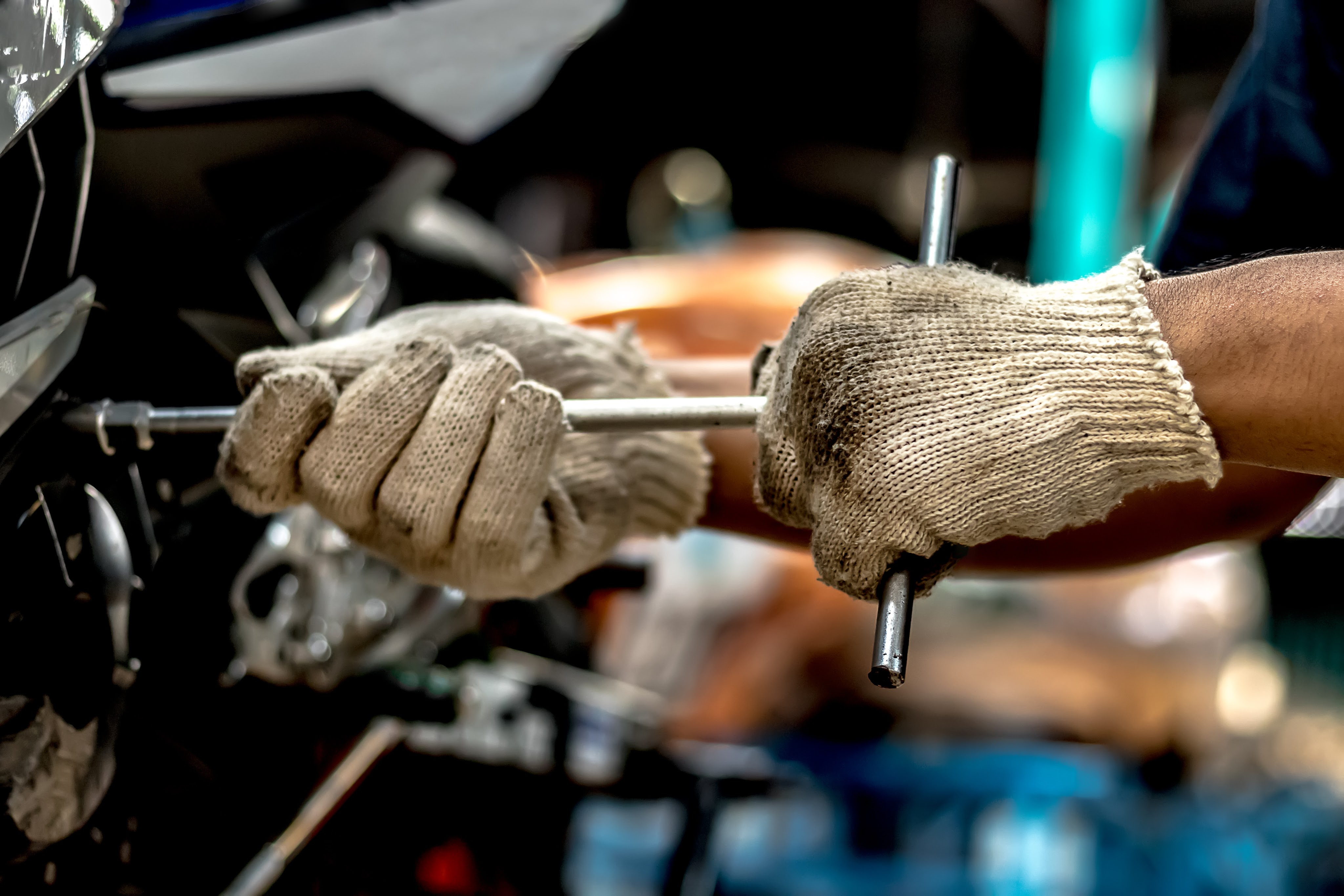For most motorcycle riders, the coming of winter reluctantly signifies the end of the best time of the year. Here in British Columbia, winter brings the usual suspects: a distinct chill in the air, greyer skies and the dreaded slush that tends to put a hard stop to riding season.

Caring for your bike properly before storing it is absolutely essential, especially if you want to jump right back onto the road as soon as spring arrives. Contrary to popular belief, helping your motorcycle transition from constant use to hibernation mode means more than throwing a tarp over it. Have no fear: we are here to help you navigate the motorcycle winterization process, step-by-step!
Step One

First things first, take your bike out for one last ride. Yes, we mean it -- that’s mandatory step one! With our unpredictable weather, it is difficult to predict when the next ride may be so make the most of it! On your way home, fill the tank with gas and position it into your desired storage area. Having a full tank is essential for this type of maintenance and your motorcycle will thank you later.
Step Two
Next, add the suggested amount of fuel stabilizer (this is dependent on your motorcycle) and turn your bike on and run it for the entire cycle. This ensures that the fuel will not break down or get stuck in your tank and makes for a smooth first ride back next season!
Step Three

After doing this, change the oil and oil filter. It’s recommended that this is completed after riding your bike, so the oil is warmed up when you change it. Changing the oil on a motorcycle is easier than a car, so if you’re even slightly mechanically inclined, you should be able to handle this yourself. You’ll need a stand or mount to keep your bike upright safely and securely while you work on it, a drain pan, some towels or rags, a funnel, and a wrench set. Check your owner’s manual to find the correct type of oil for your specific bike.
After cleaning your work area on the bike, drain out the existing oil into the drain pan. Unscrew the drain plug by hand and allow all the oil to drain out. Next, change out the old filter using a strap wrench to unscrew it. Then, take your new filter and add a little oil into the filter and around the o-ring to help with installation and to give your bike a bit of oil when you start it up next. Be sure not to over-tighten your filter - only turn your wrench until you feel a bit of resistance. Make sure your drain plug sealing washer is still usable. If not, you may need to replace it. Some bikes also use an o-ring with the drain plug, so you’ll need to replace this with a new one.
Put the drain plug back in tightening it first by hand, then with a wrench. Now, you’re ready to add your fresh oil. Start your engine back up and ensure your oil levels are adequate and check for any leaks. If everything checks out, you’re good to go!
Step four

Now, it’s time to inspect your motorcycle to prevent any hidden issues from popping up later - it’s better safe than sorry! Things to examine: the air filter, brake pads, tires, belt and chain. If any of these parts are worn down or broken, commit to getting them repaired before putting your bicycle into hibernation as neglecting compromised parts could lead to an unsafe ride and that is completely preventable so please, take care.
Step Five
If everything appears to be in order, focus on removing the motorcycle’s battery as your next step. Once removed, pour distilled water onto the cells and store the battery in a safe, dry place (preferably inside if your storage location of choice has a considerable temperature drop in the winter). You can also make use of a trickle charger instead of removing the battery altogether. Check both tires and pump them accordingly; you don’t want to prepare for your first ride of the next season only to find a deflated tire!
Step six

Now, we focus on the body. Give your bike some love by washing and thoroughly waxing it, leaving a thick coat on the paint and chrome. Treat the seat to some leather protectant and close off or stuff any openings on your motorcycle -- critters and bugs love to hibernate too, so this prevents them from choosing your bike as their new home!
It’s finally time to cover your motorcycle and say “goodbye” for the season. Although taking care of your bike’s exterior leads to an improved aesthetic, what’s really important is that your vehicle’s insides are being looked after - this is what powers your passion, after all!
--
Stay diligent with repairs and upkeep and continue to read our blog for more motorcycle tips. And remember that if you’re unsure about completing any of these steps yourself, you can always take your bike to a certified mechanic for a winterization service or inspection at the end of the season! With these winterization tips, your first ride back is bound to be the sweetest of the season.
As winter's chill gives way to warmer days, it's the perfect time to brush up on your riding skills. Consider enrolling in motorcycle lessons with our expert instructors to ensure you're road-ready for the beautiful rides ahead.

